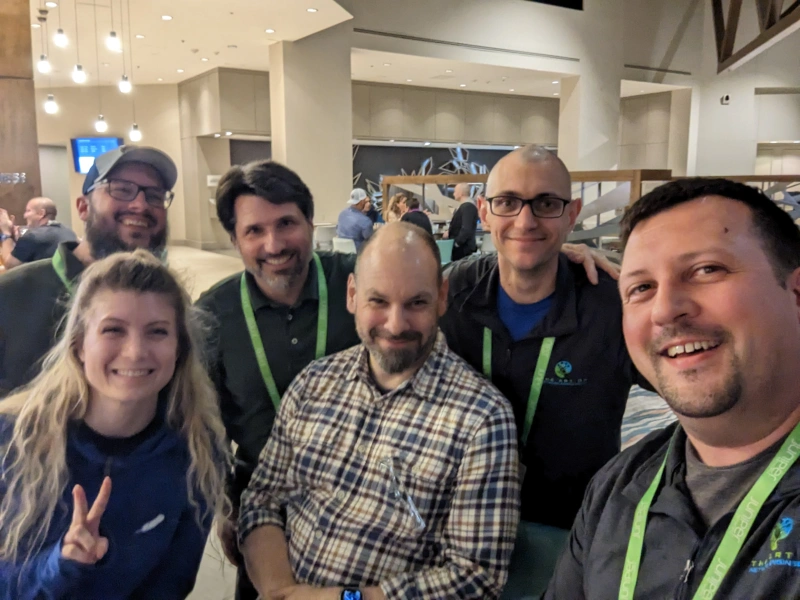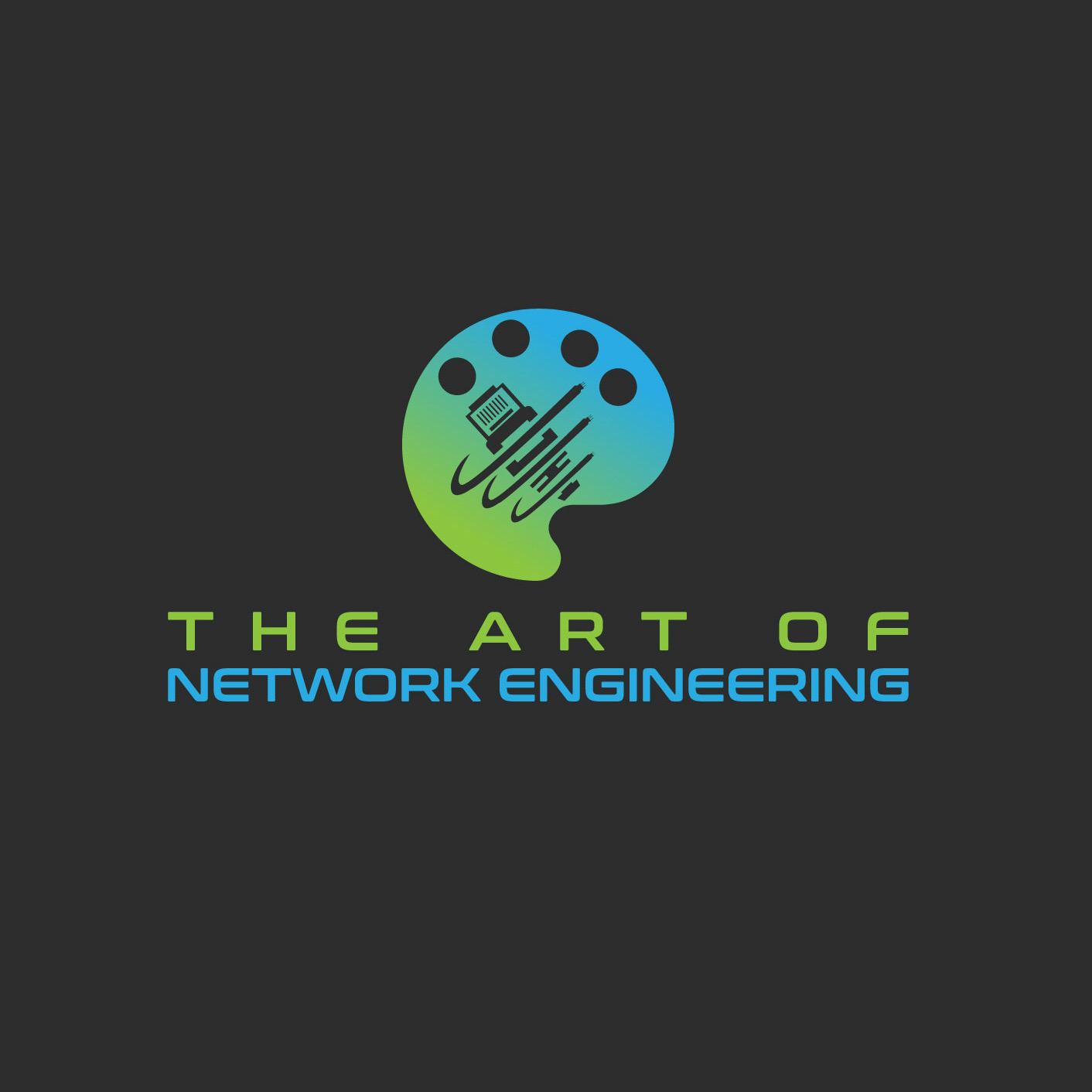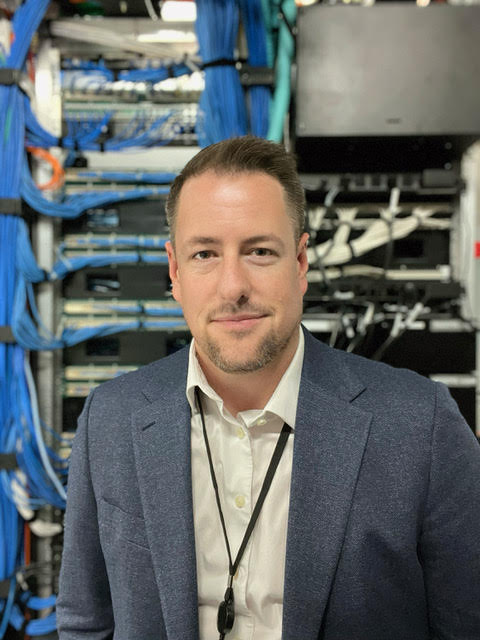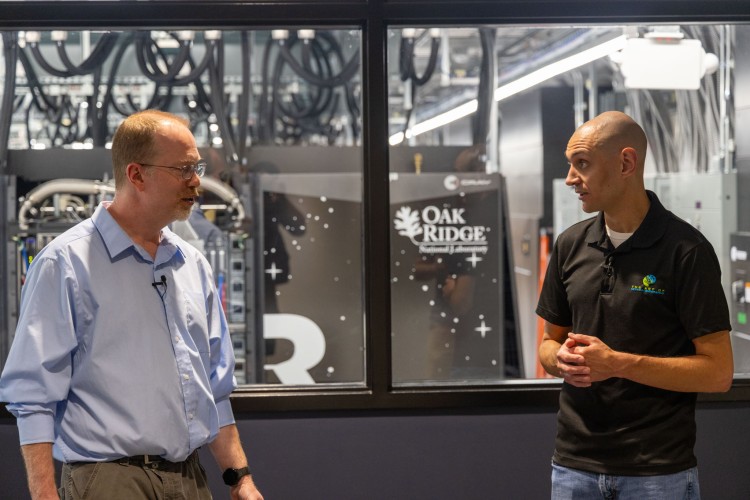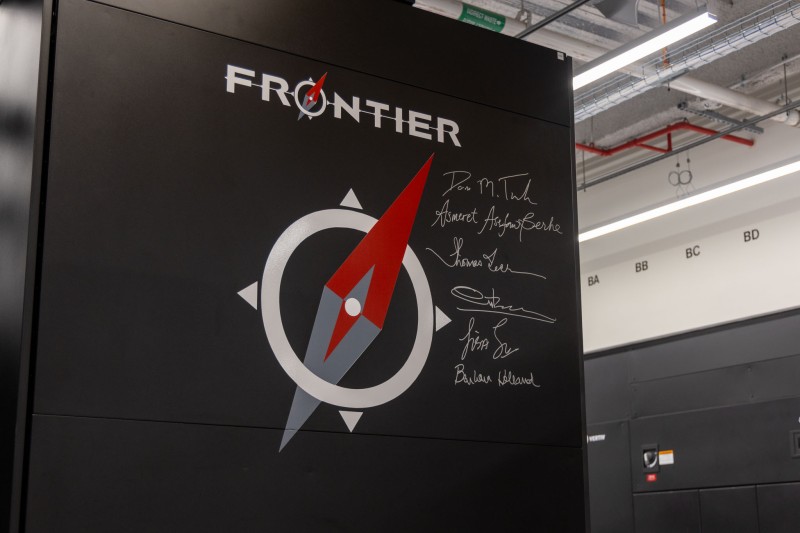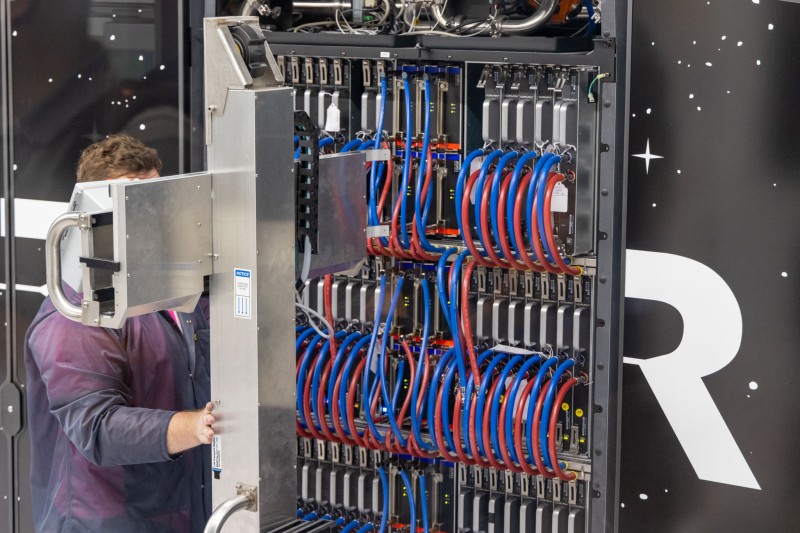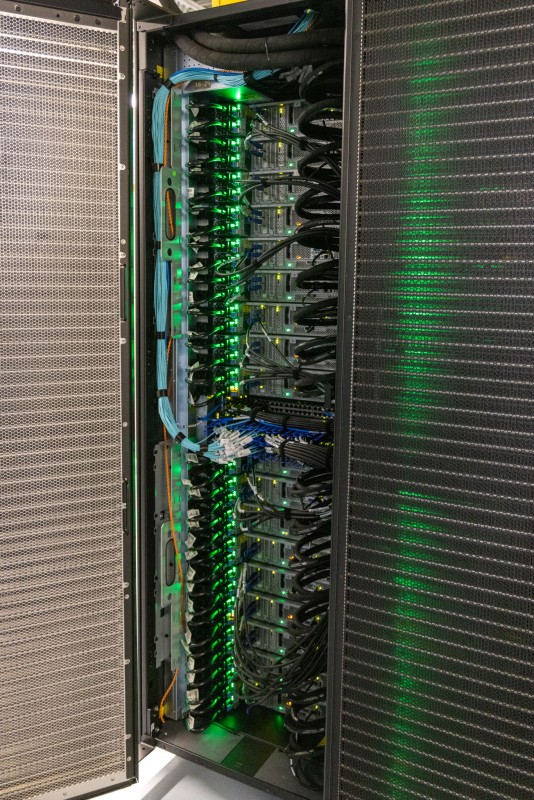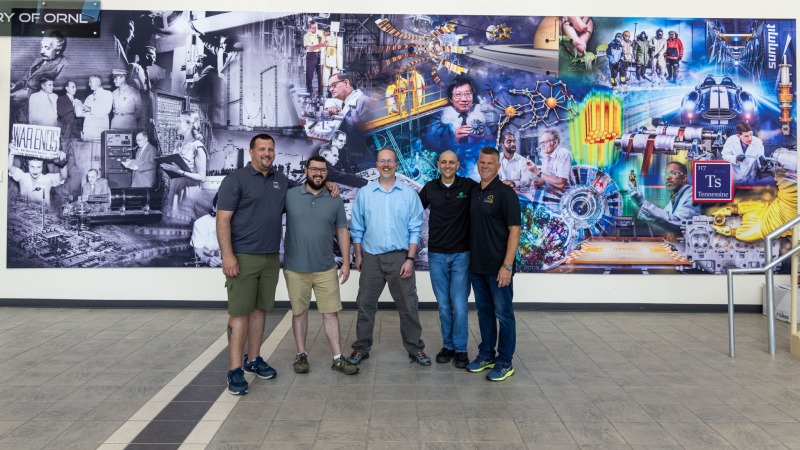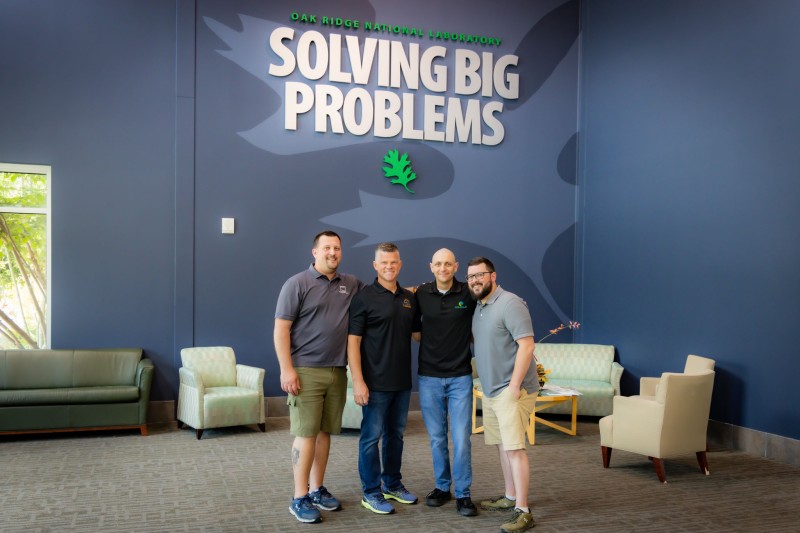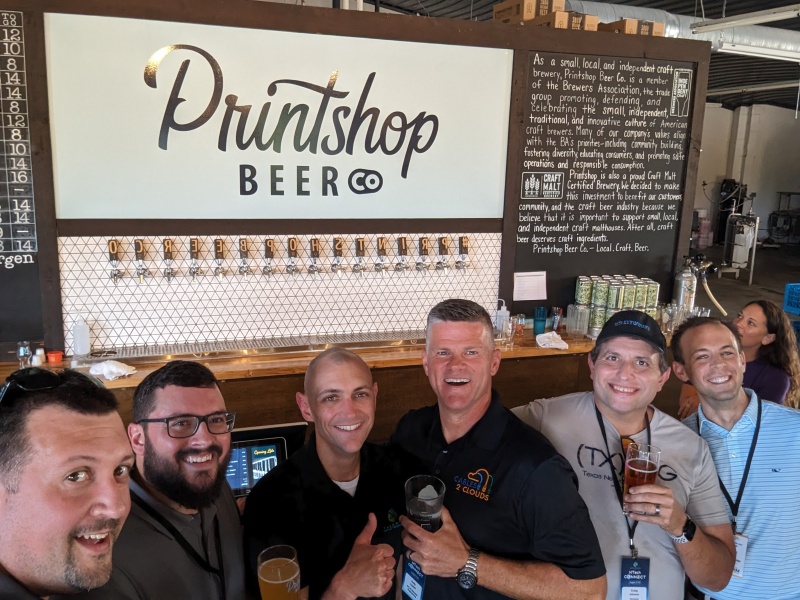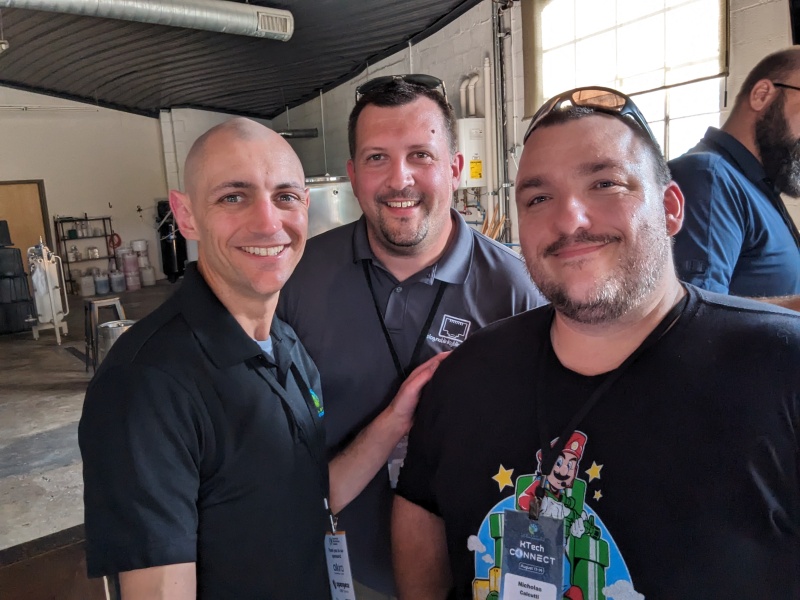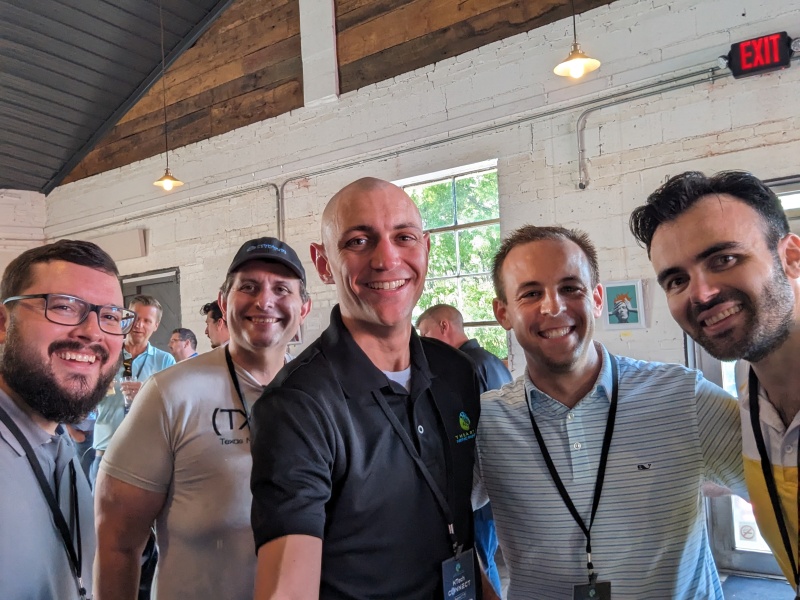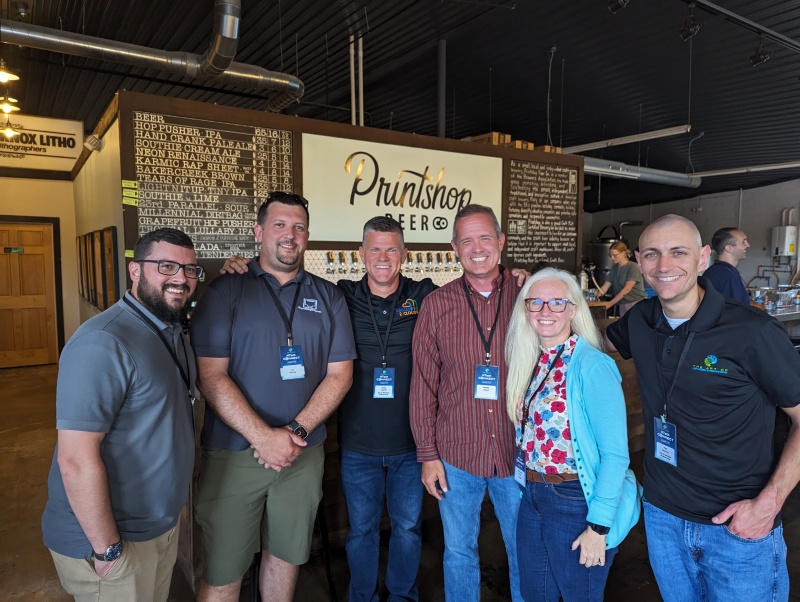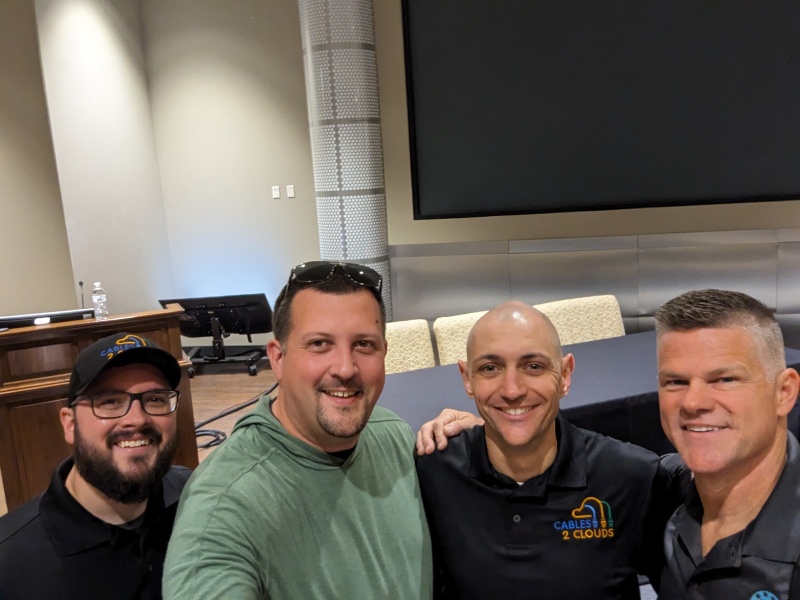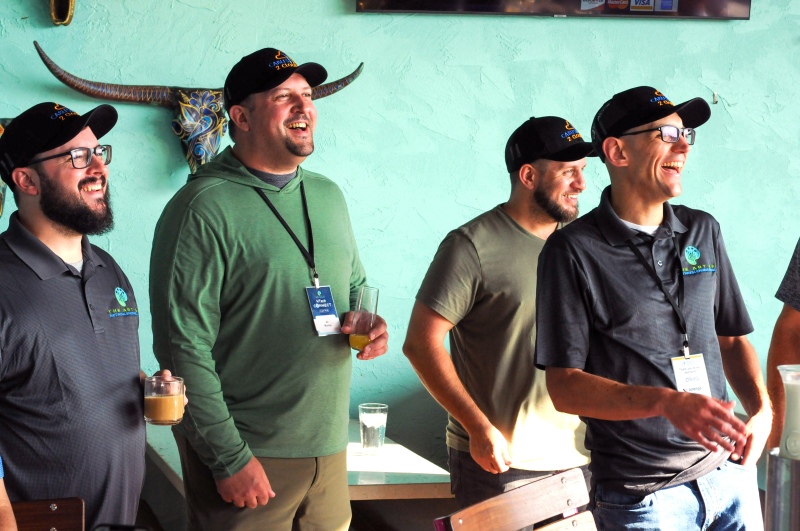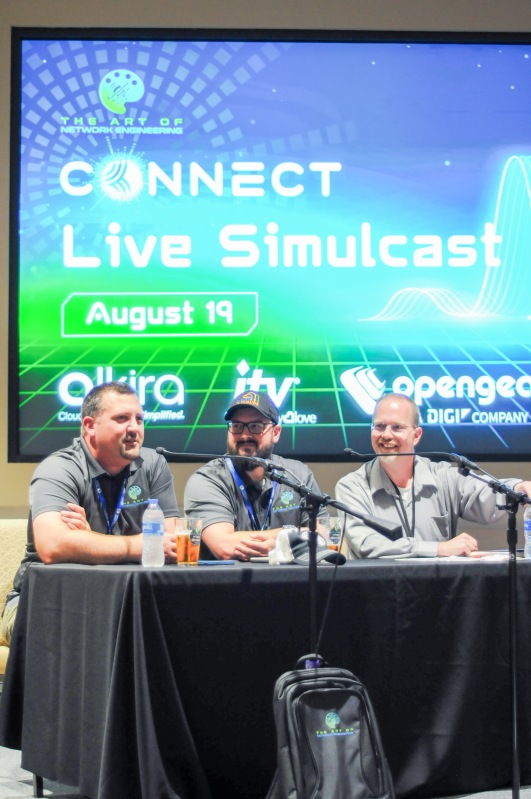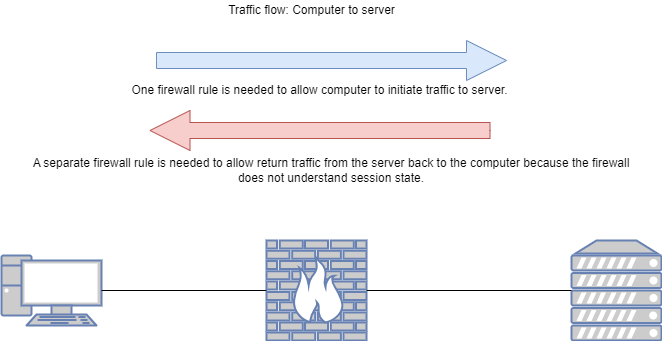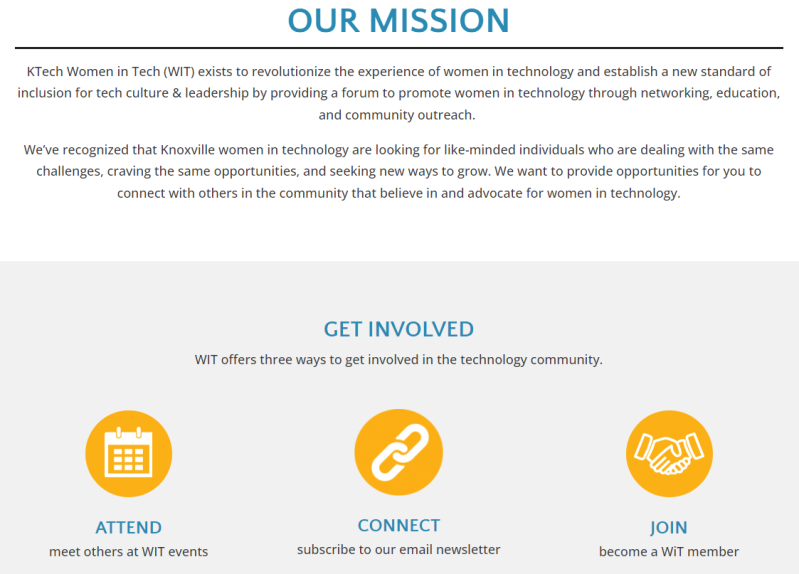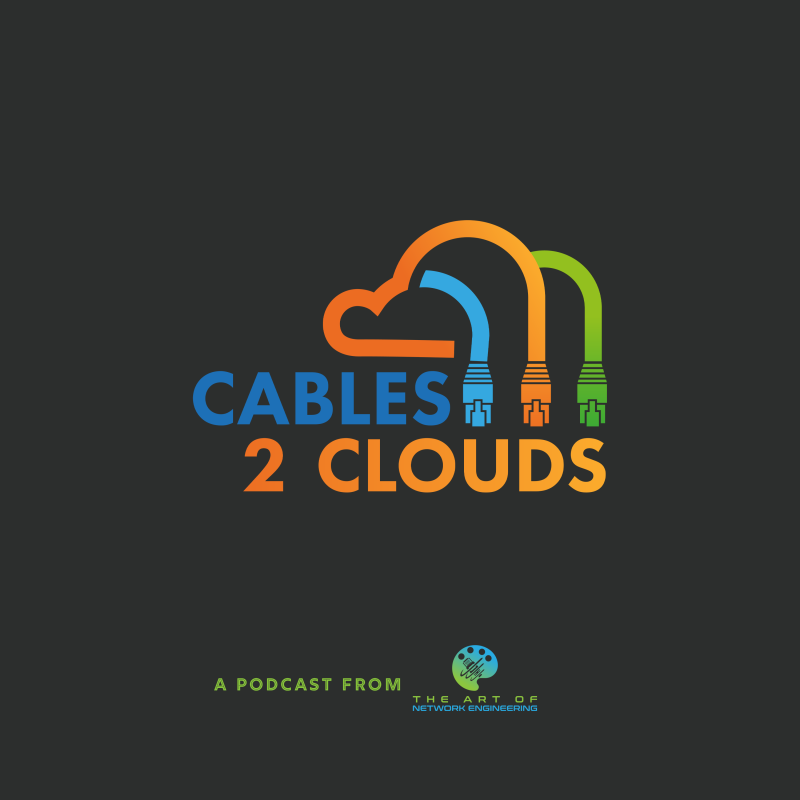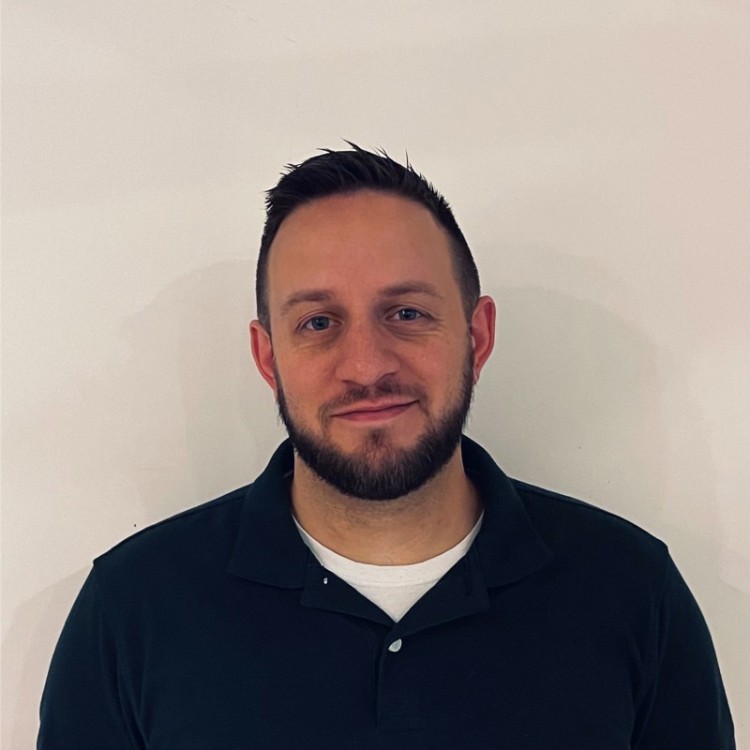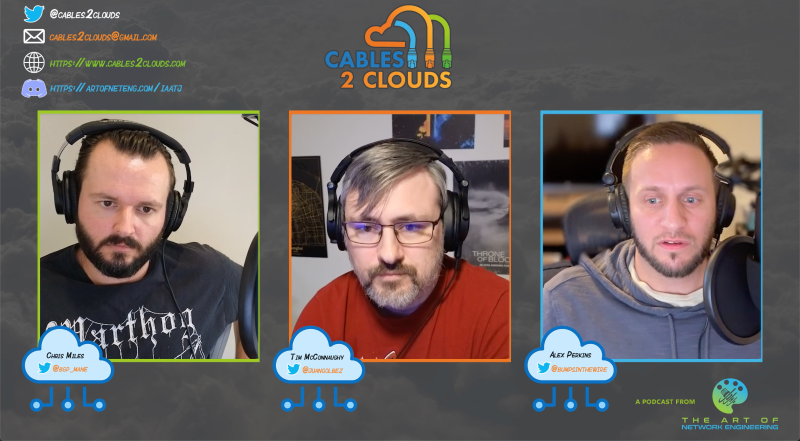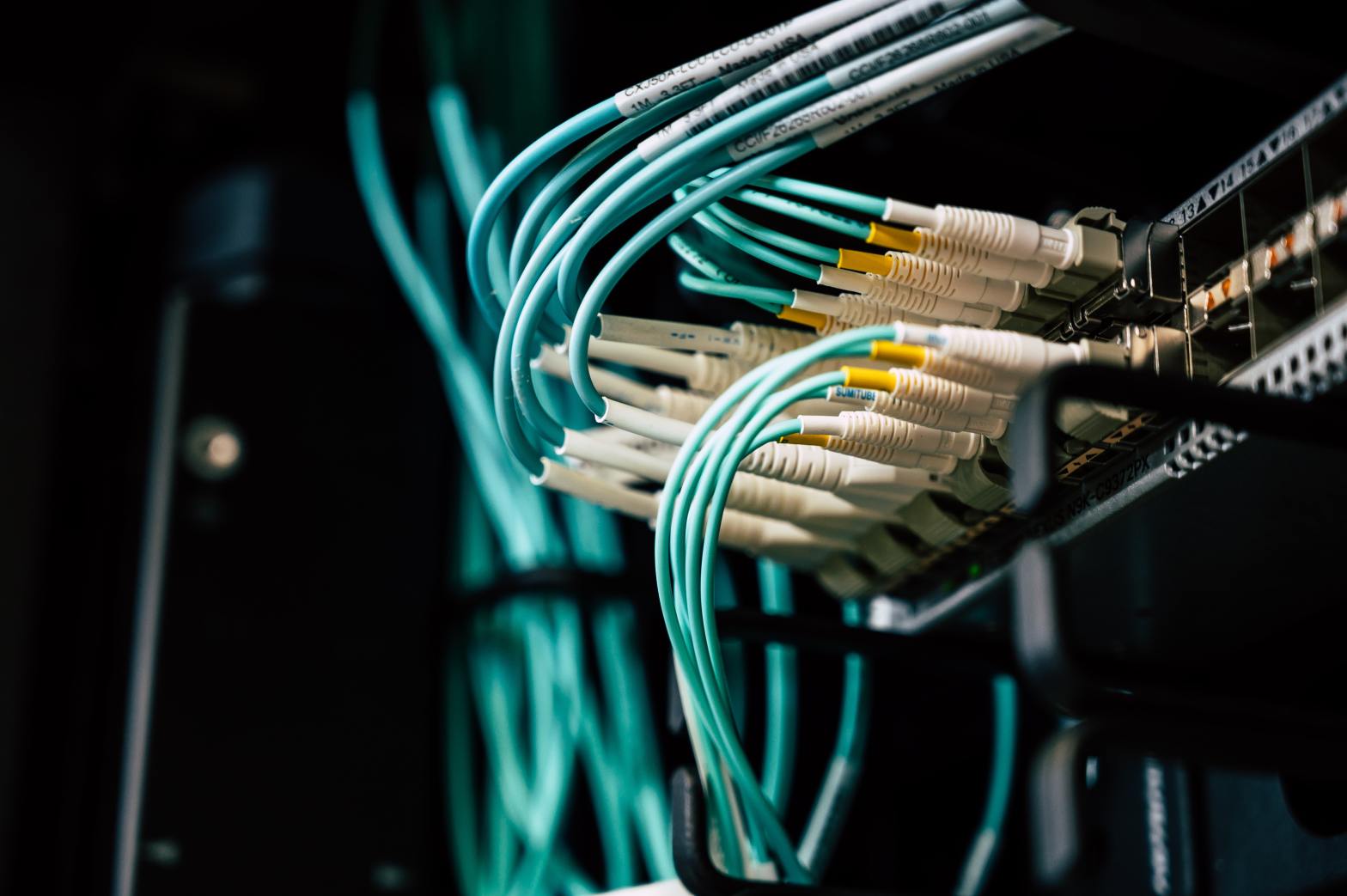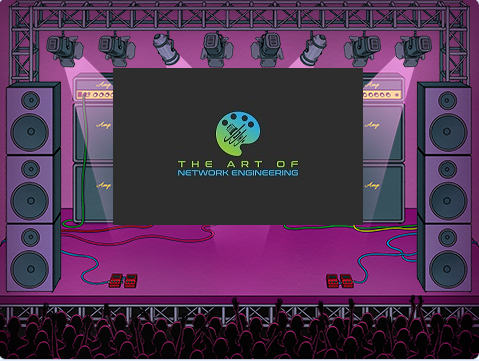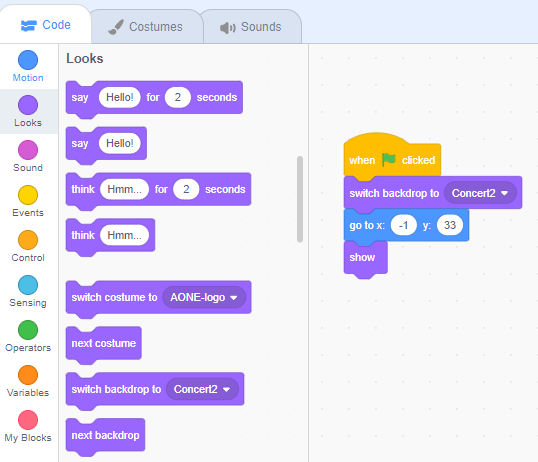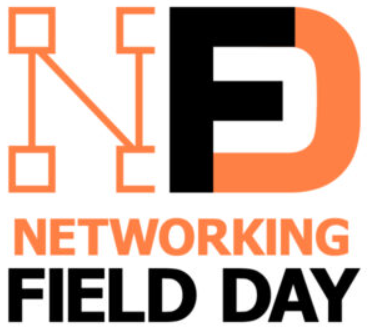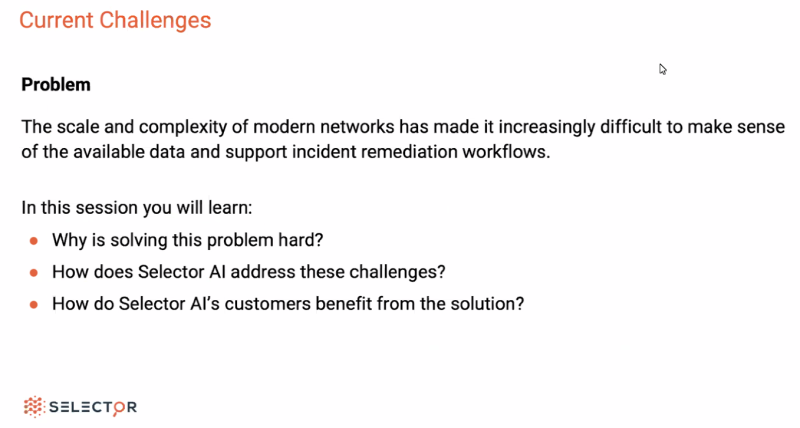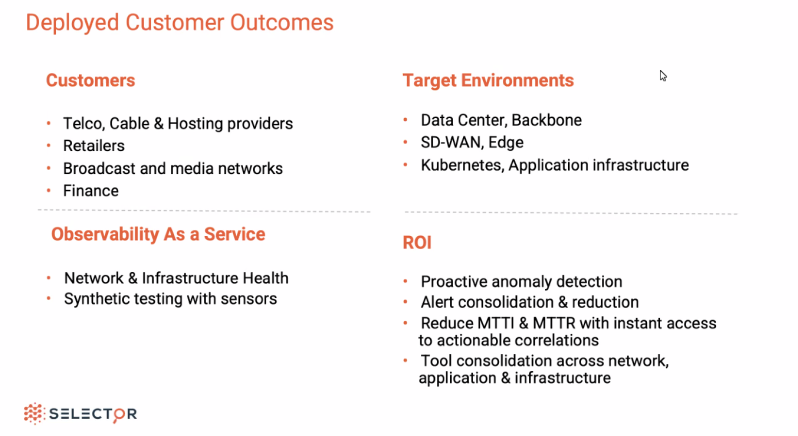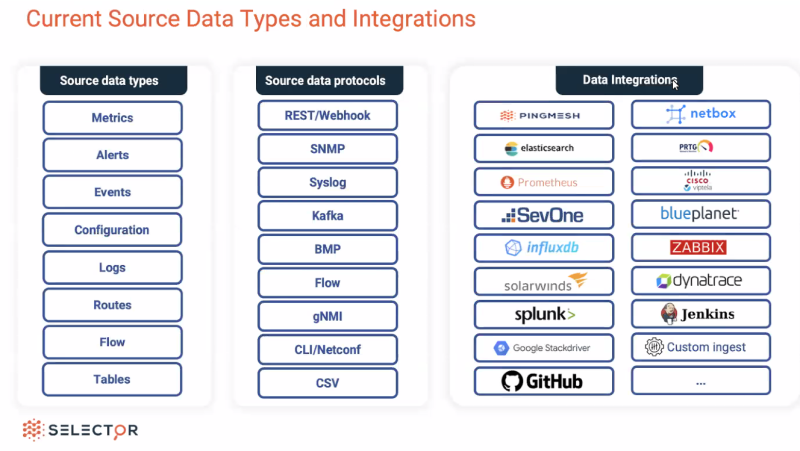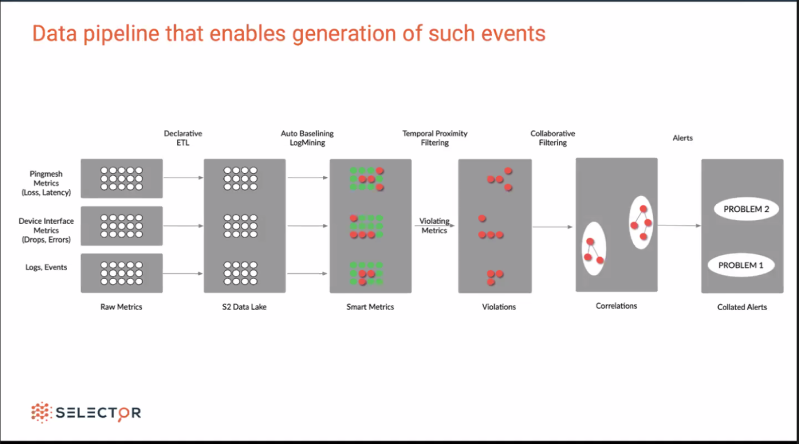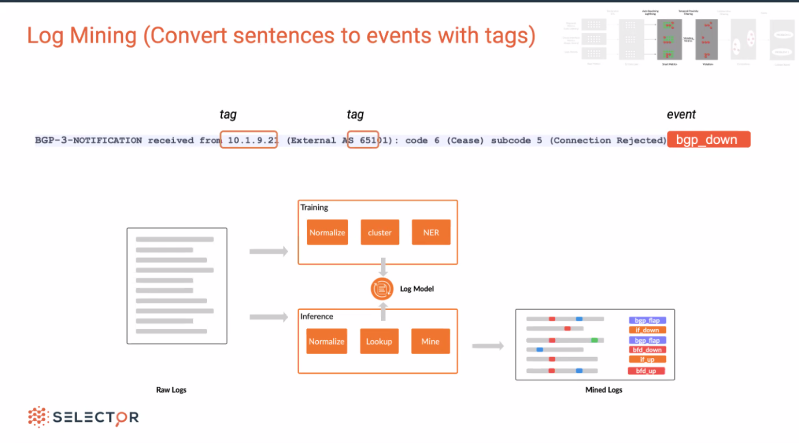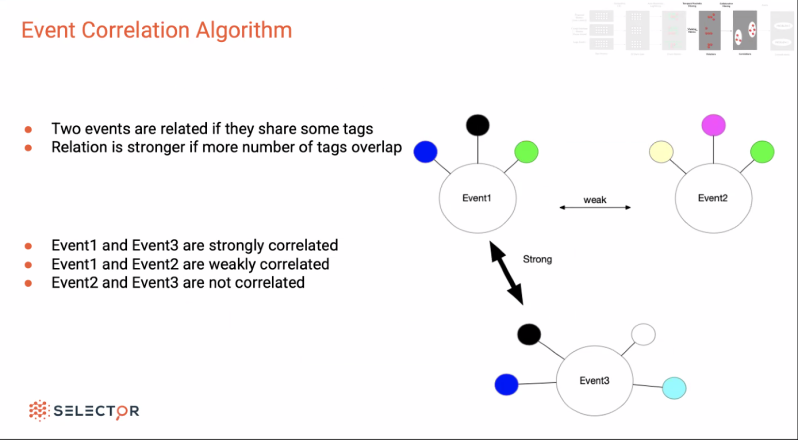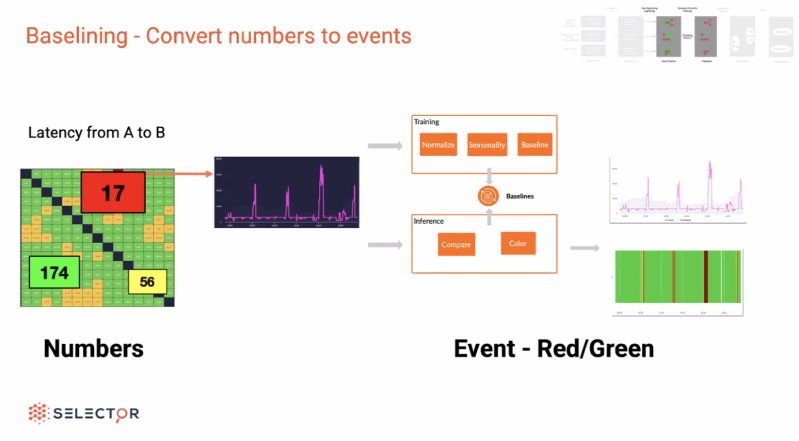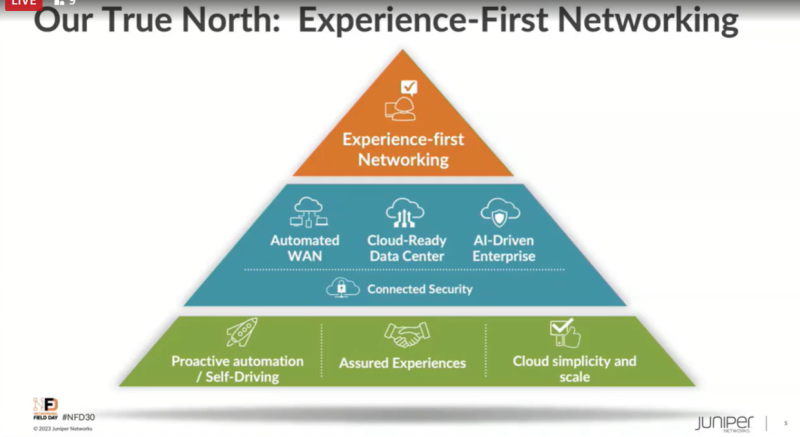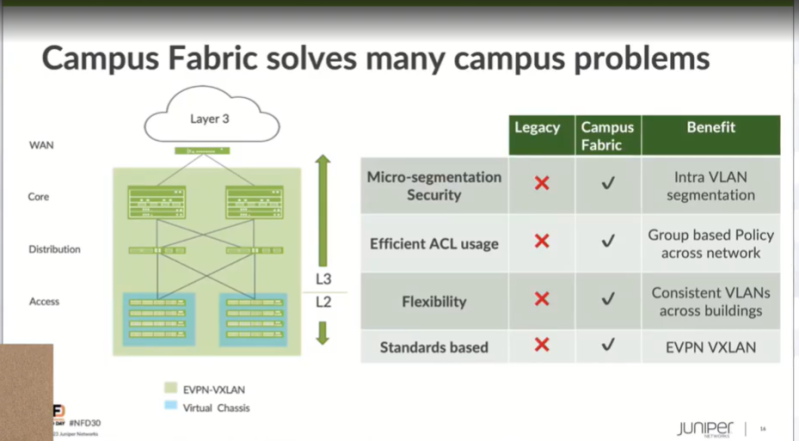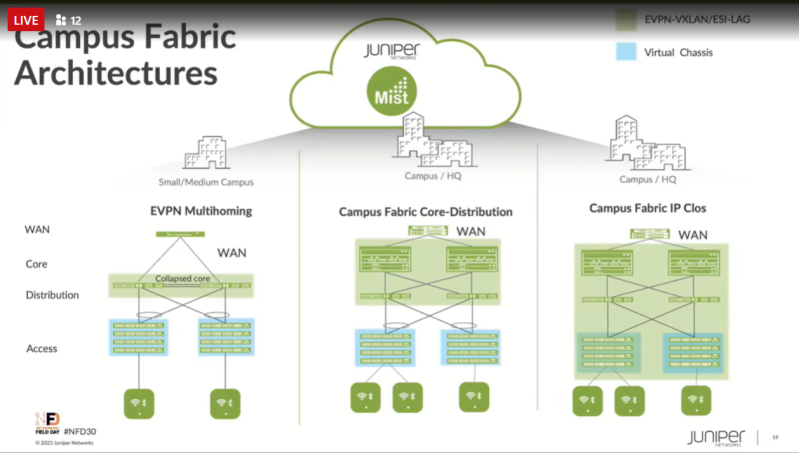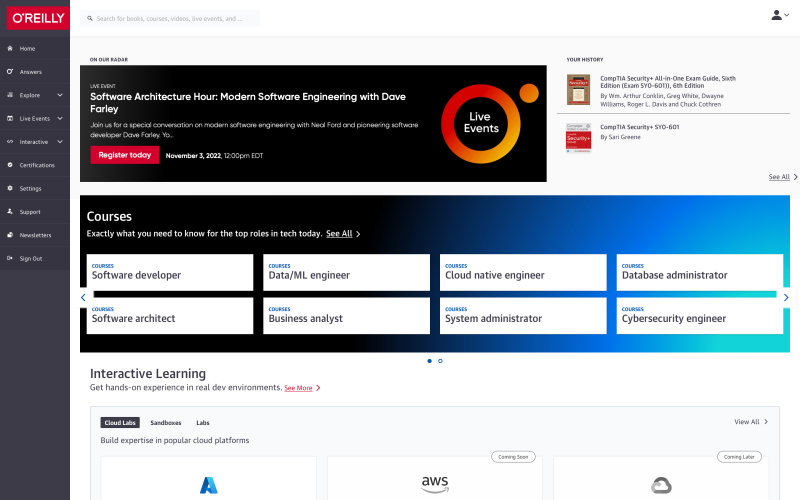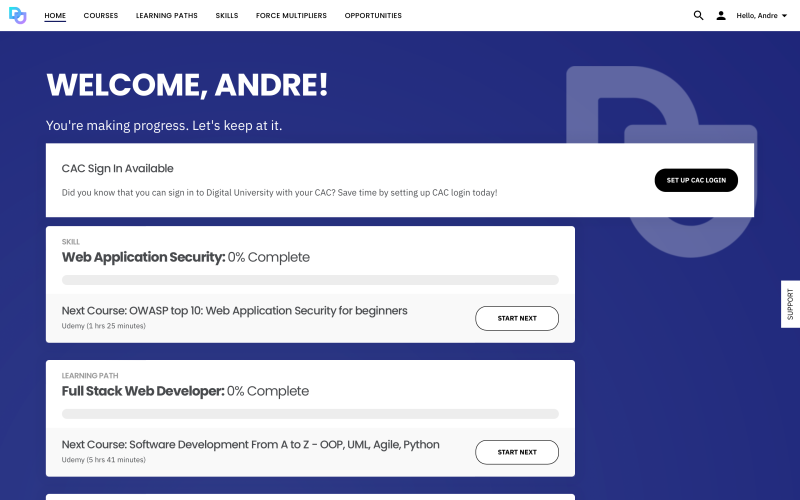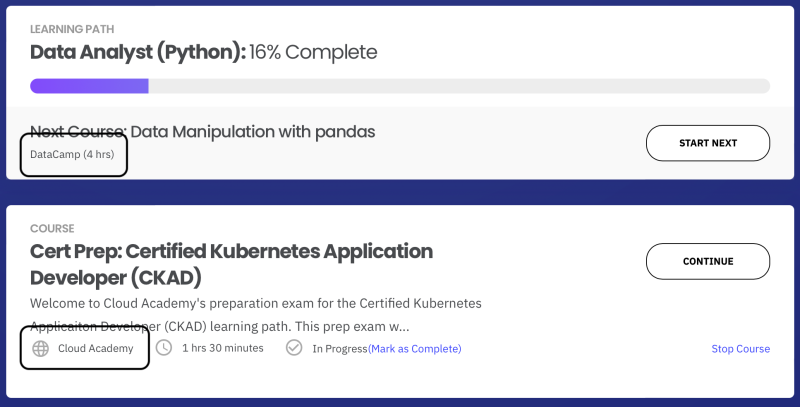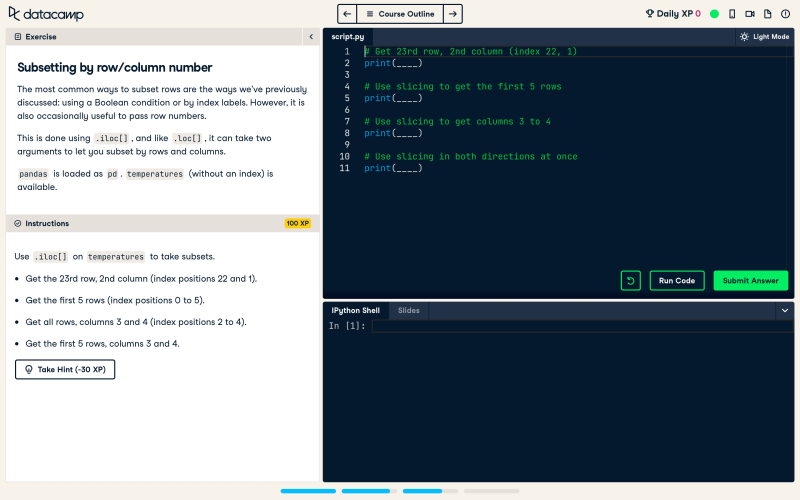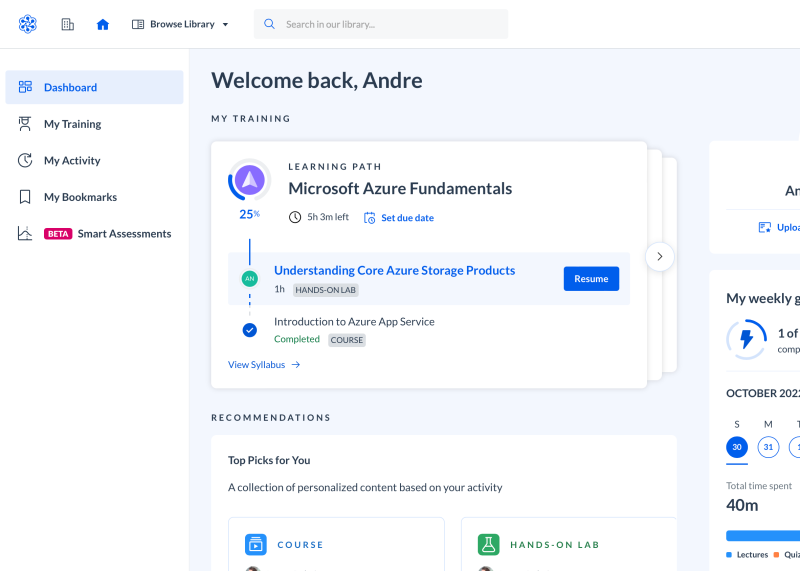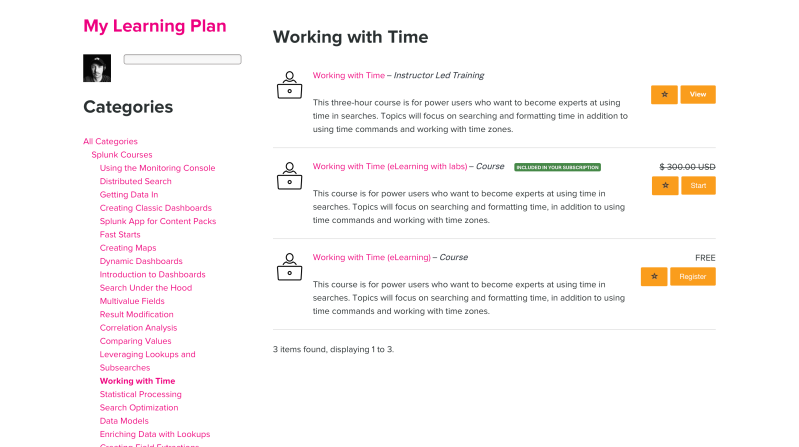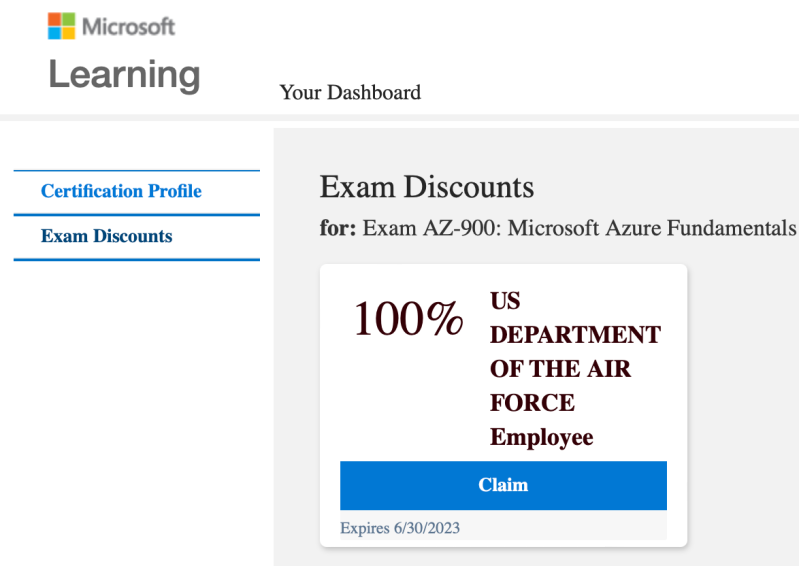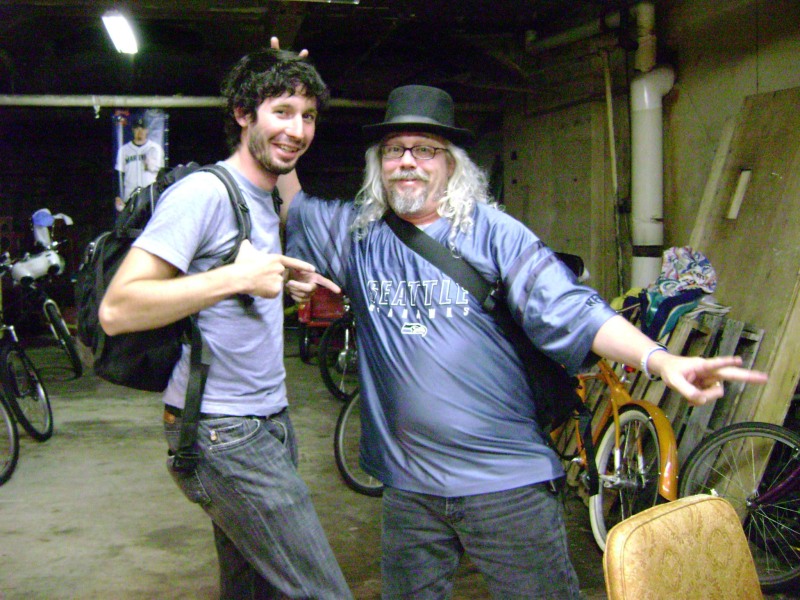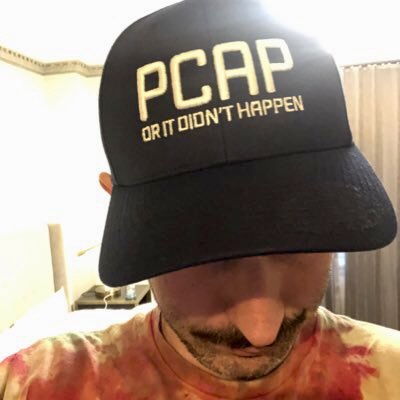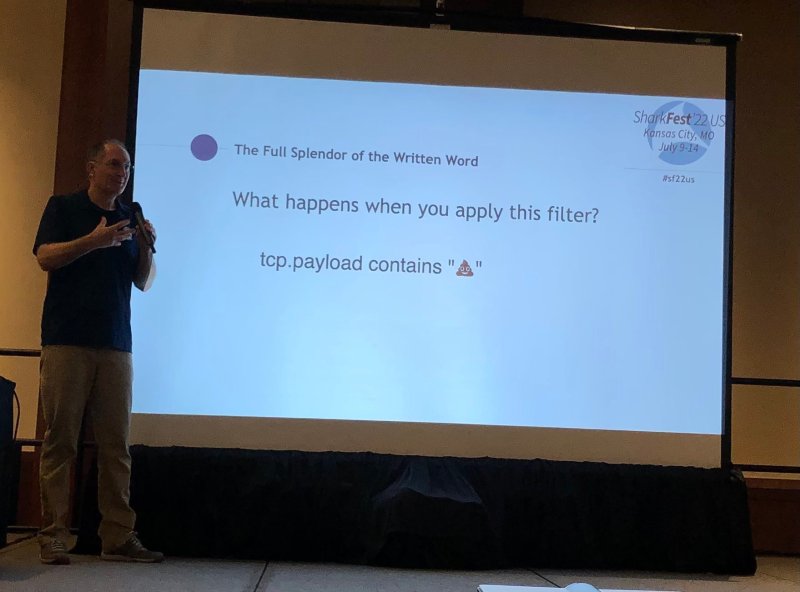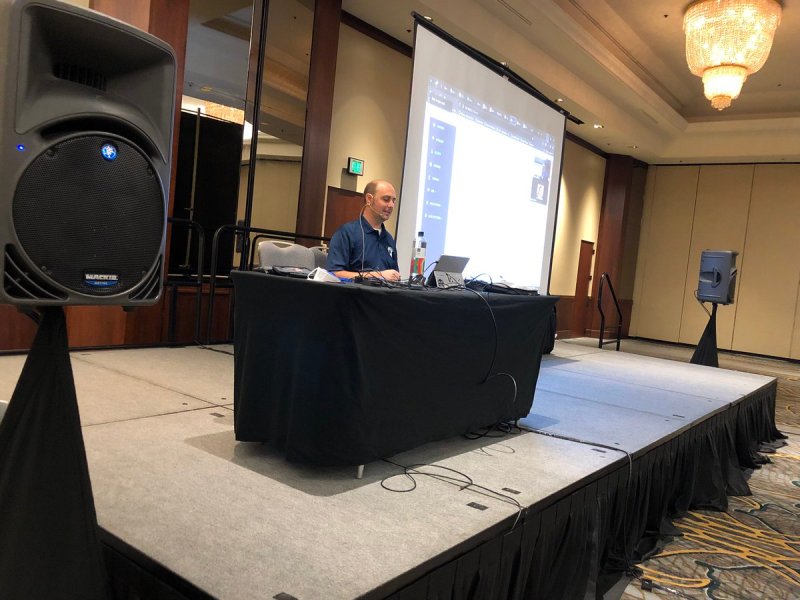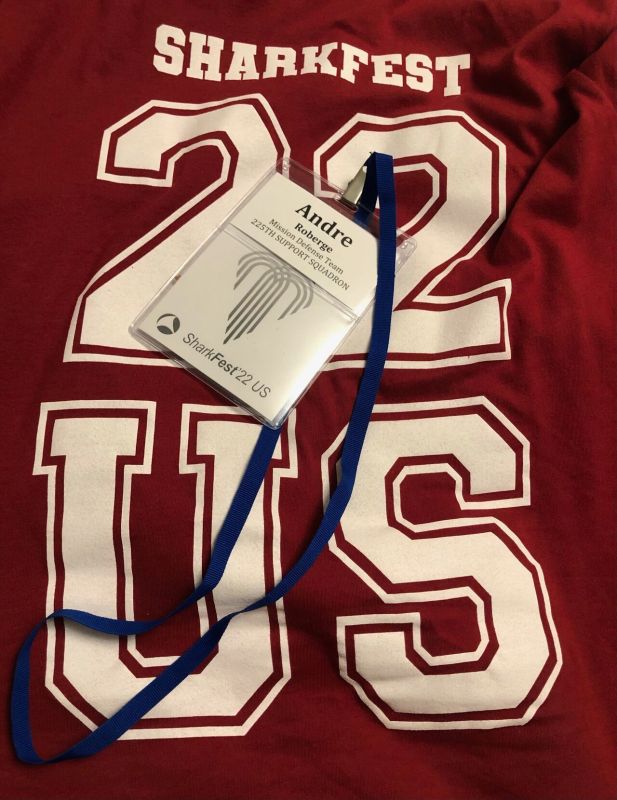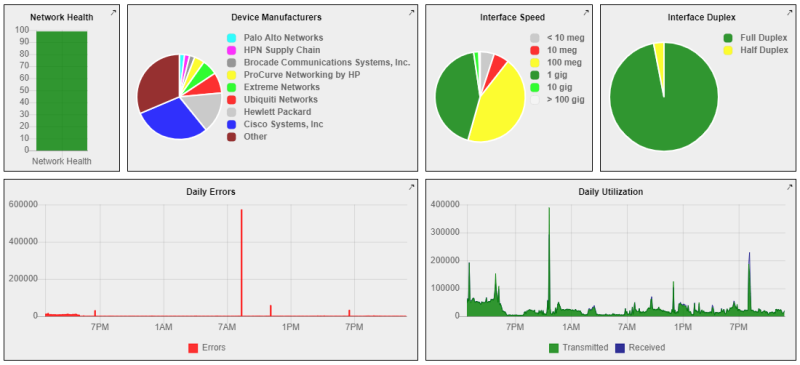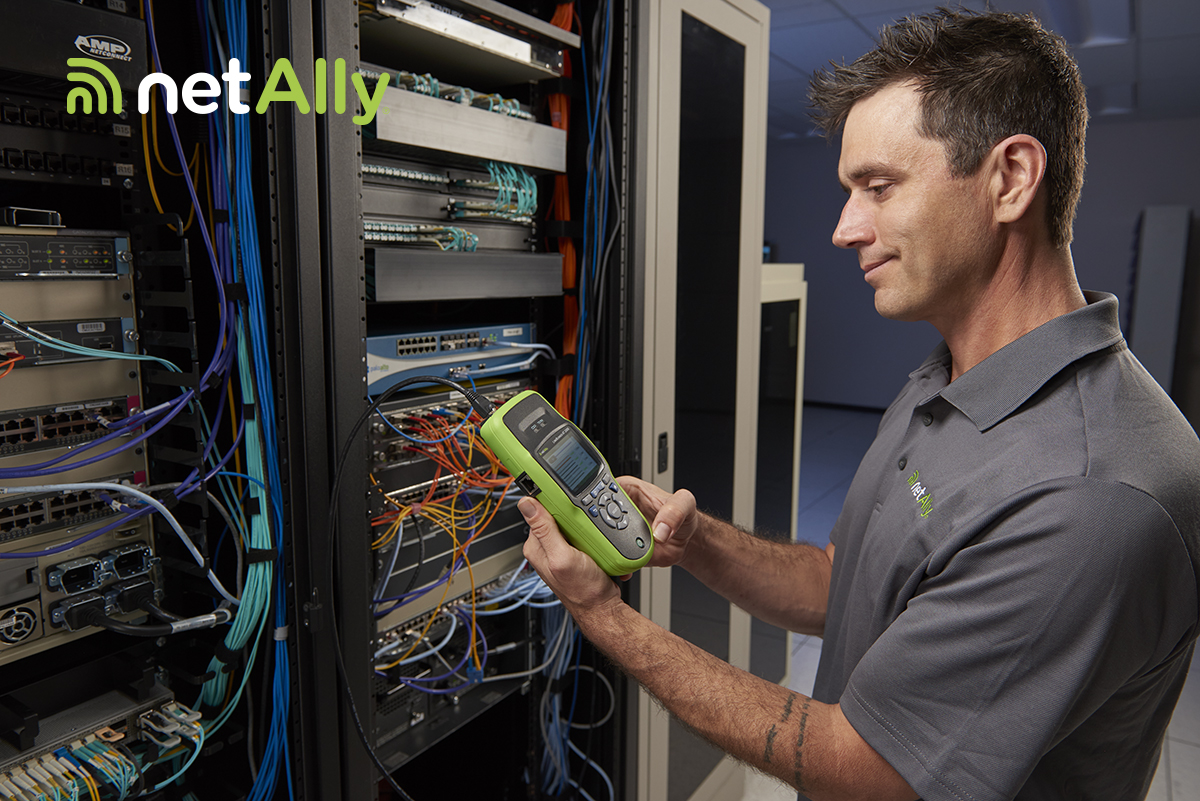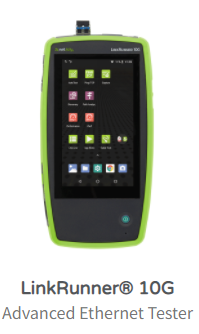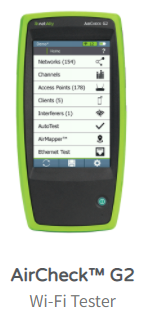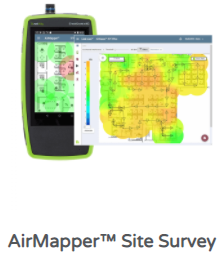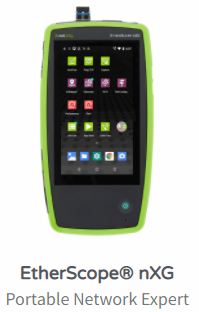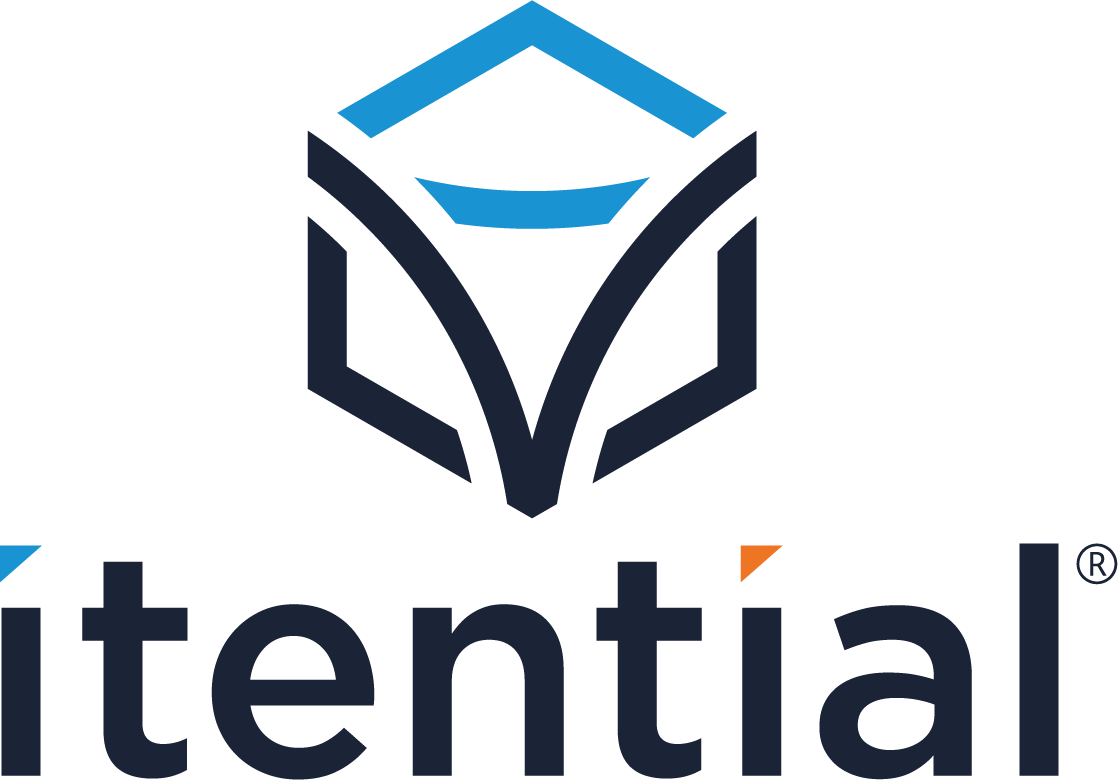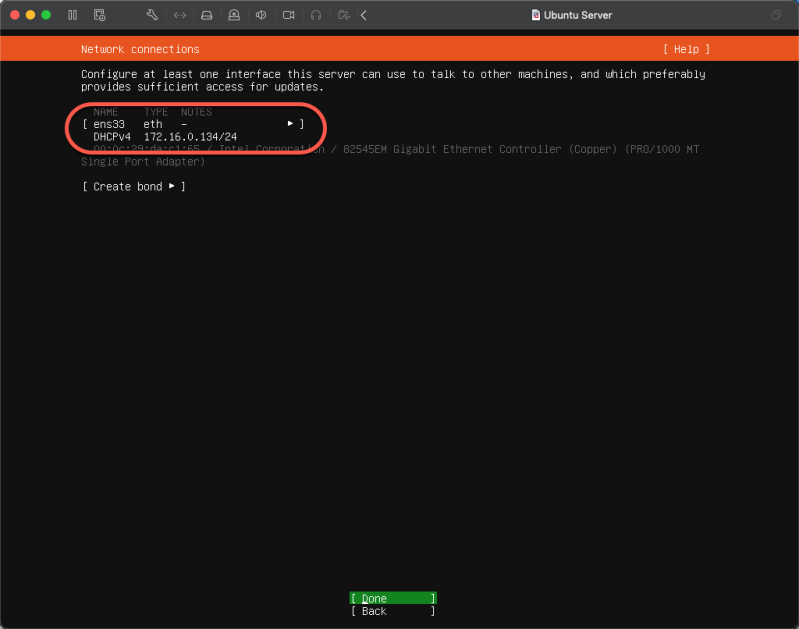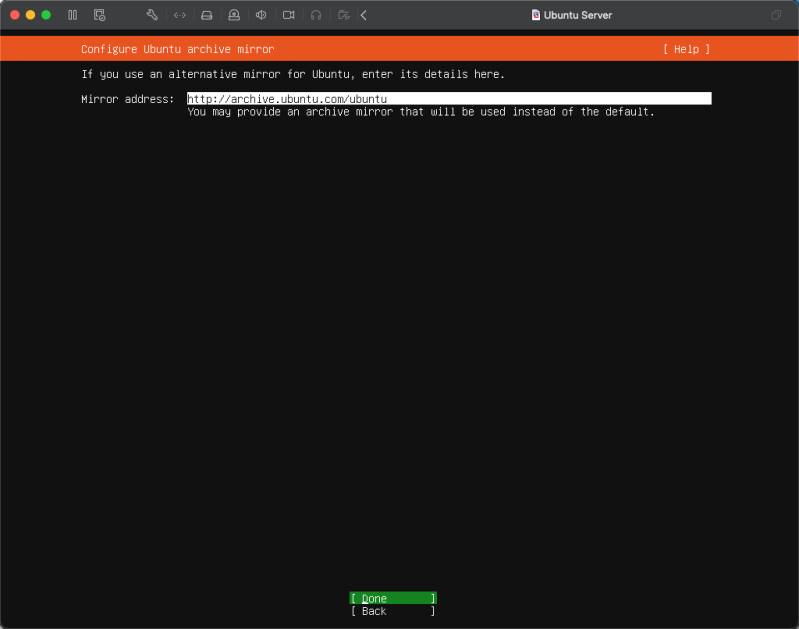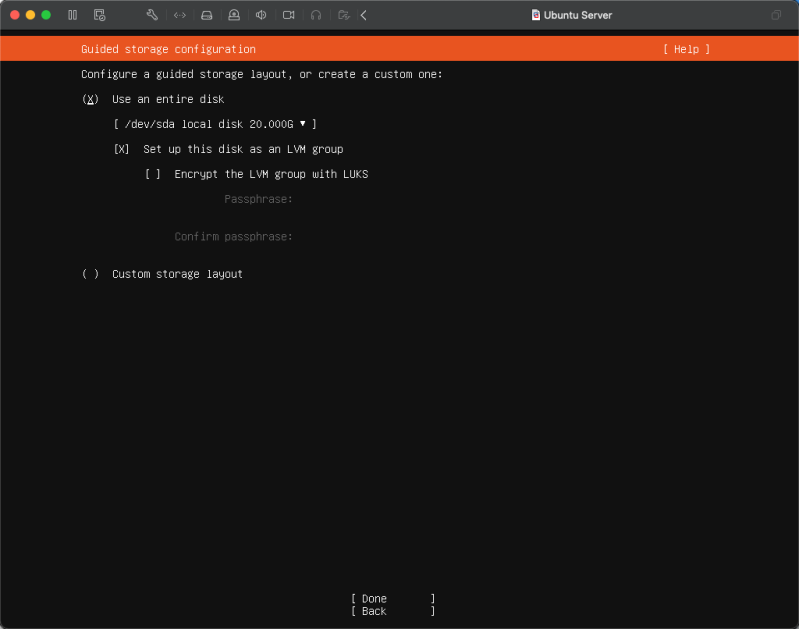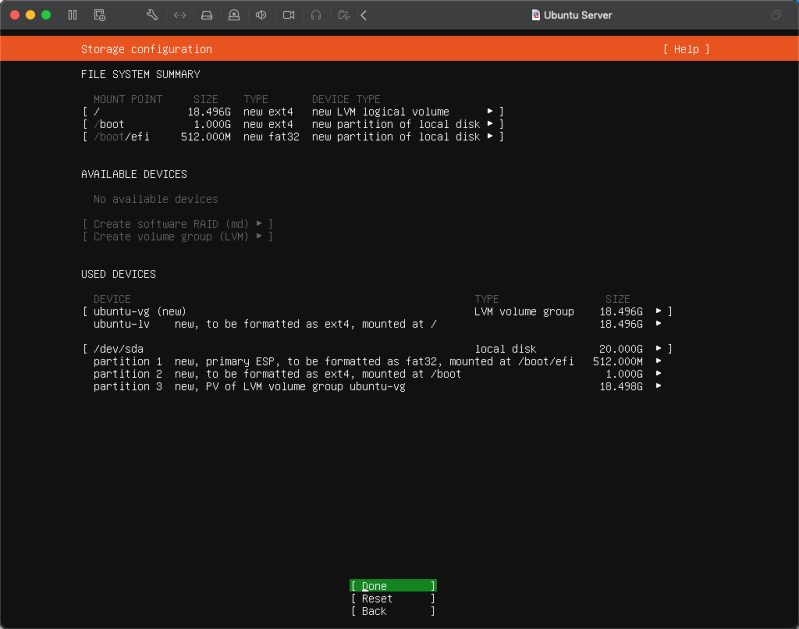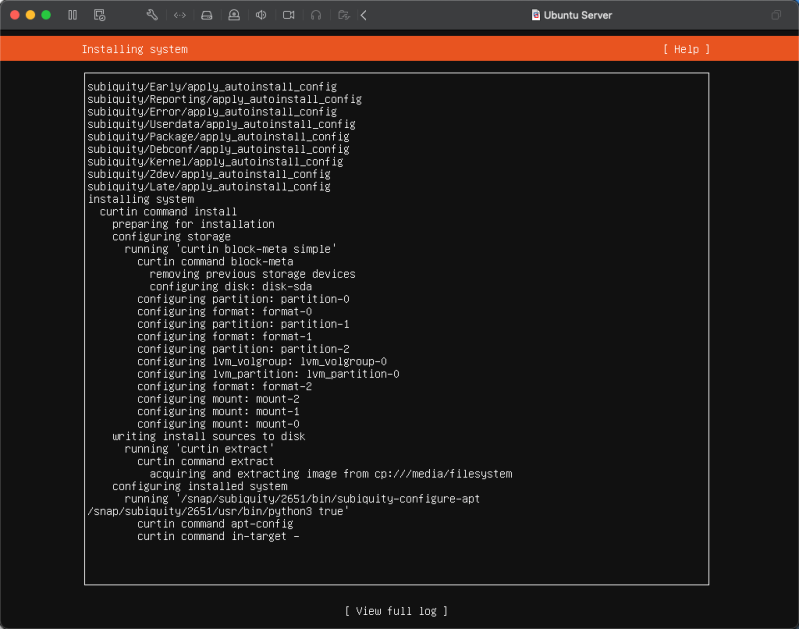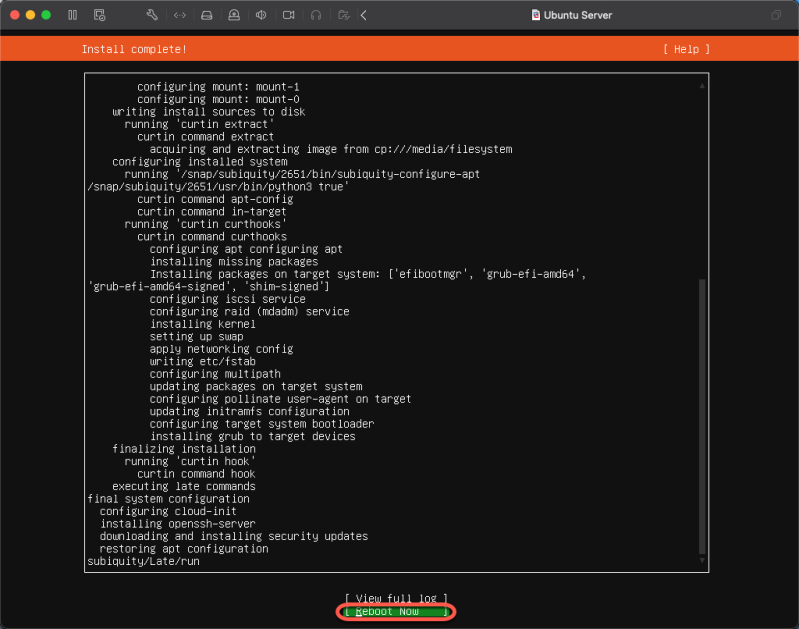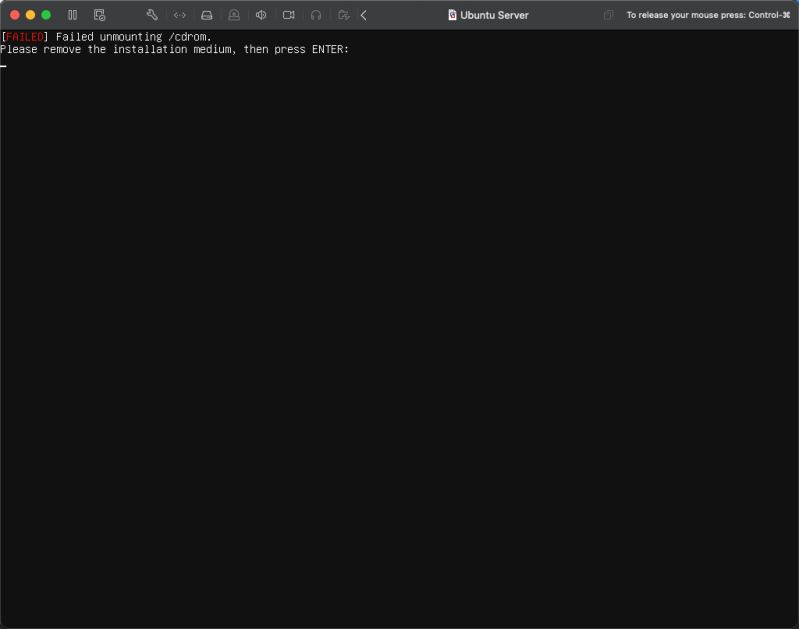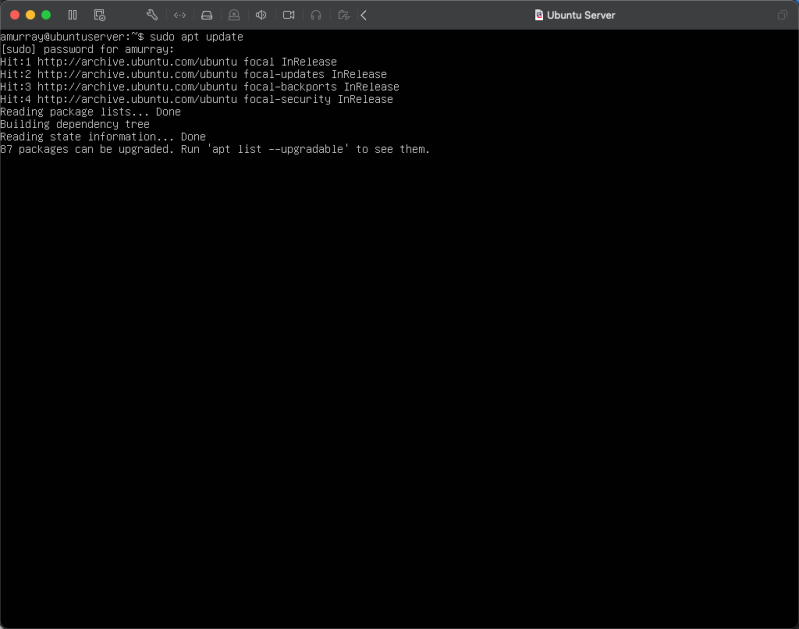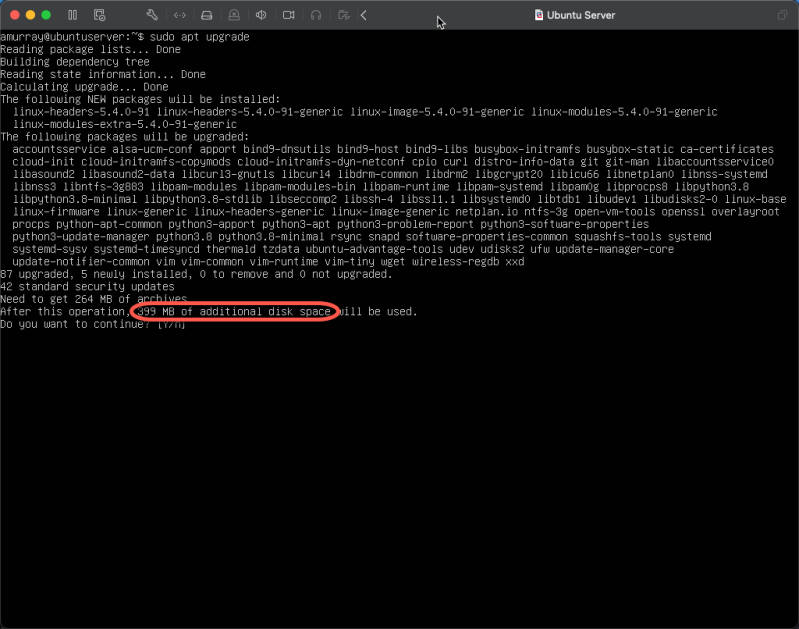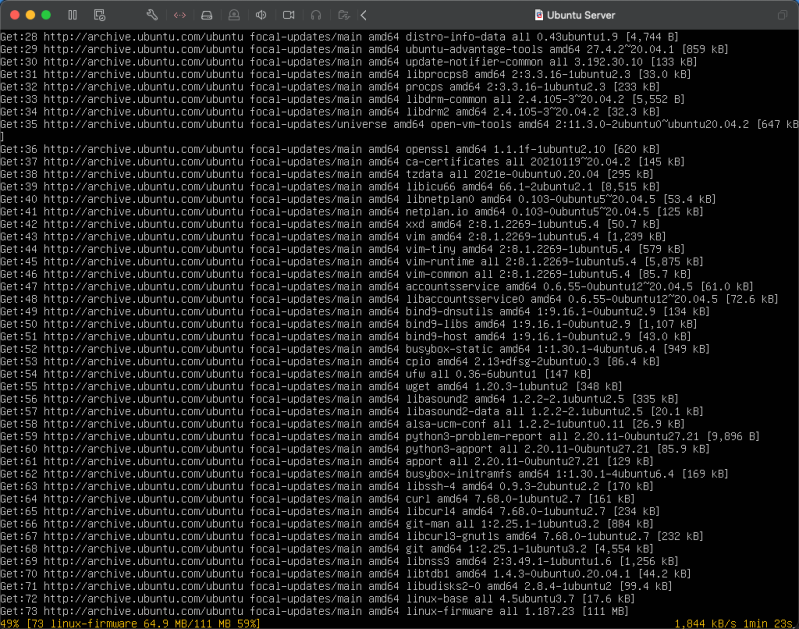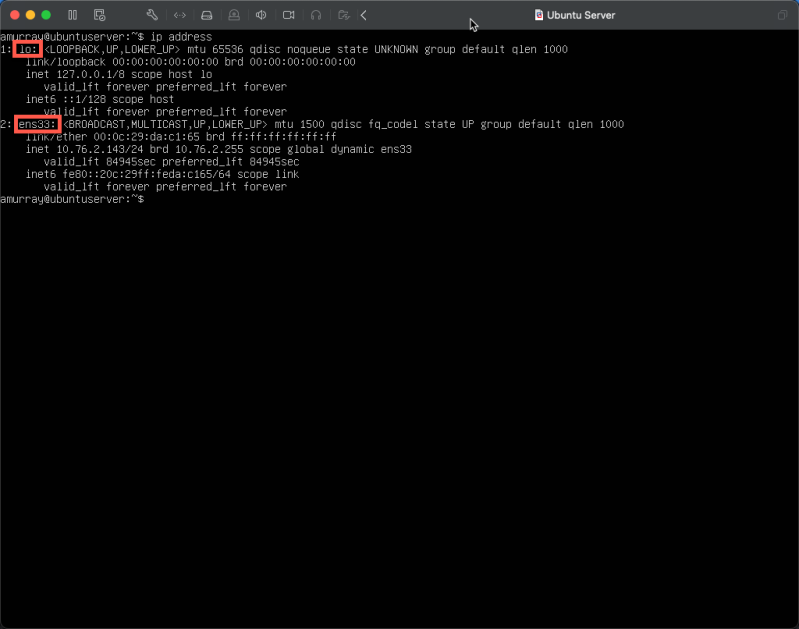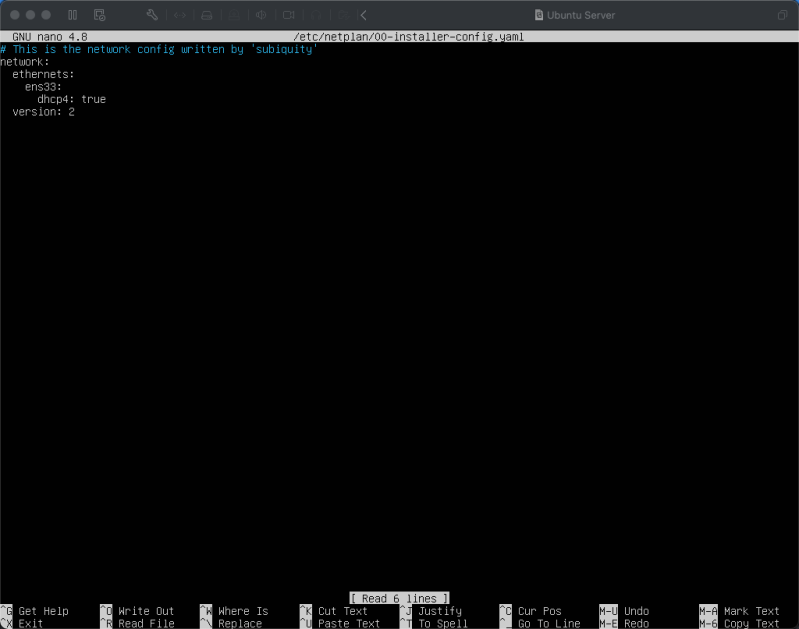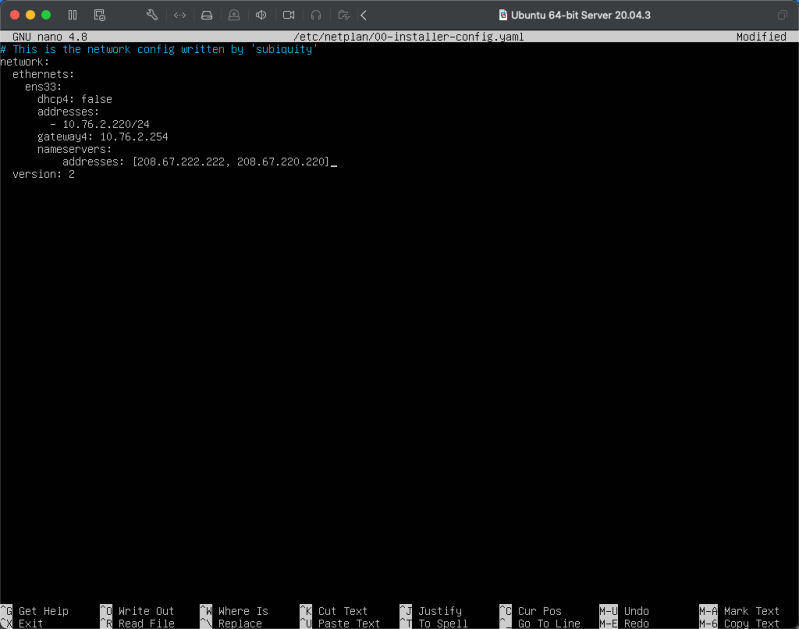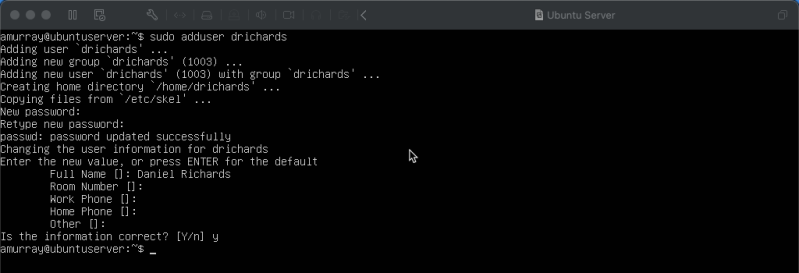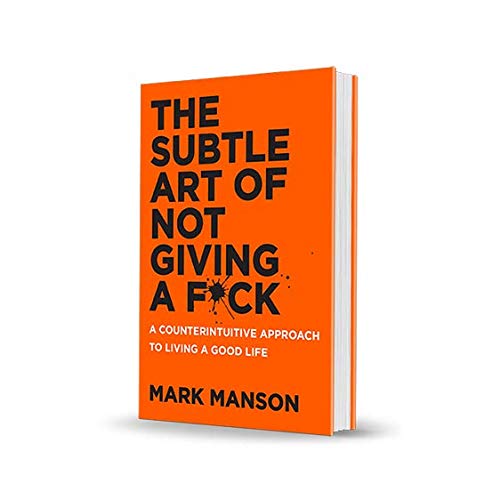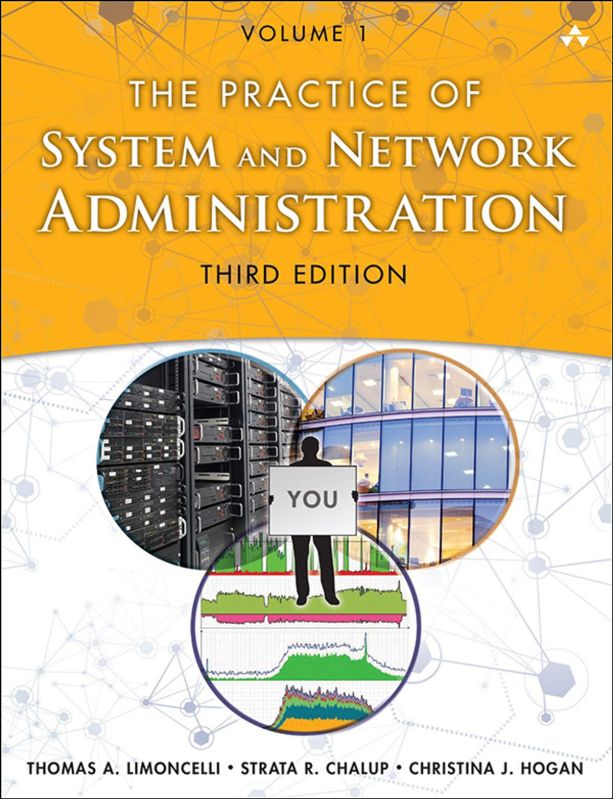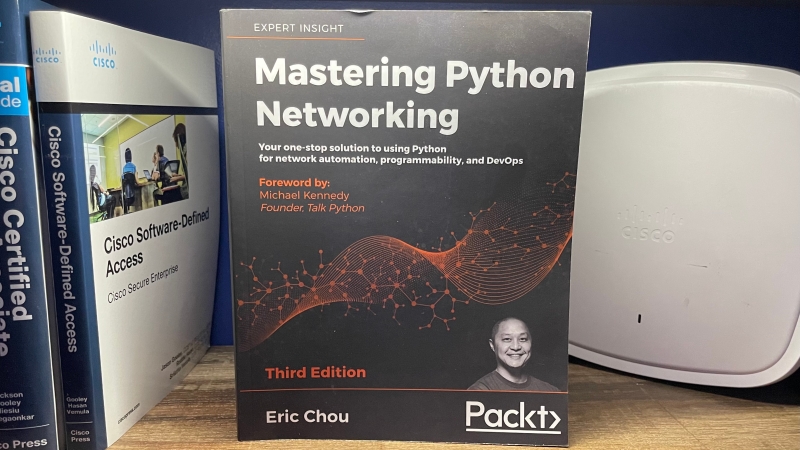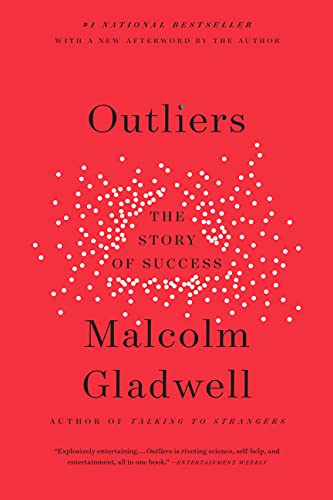The AONE team recently had the fantastic opportunity to attend the Juniper Networks 2023 Enterprise Analyst and Influencer Summit, held on the beautiful campus of UT Dallas. For this event, Juniper invited many different industry analysts and influencers (including us podcast folks) to showcase where they are now and where they are going in the future, across many of their different platforms and offerings. The goal of this summit was to get industry analysts and influencers up to speed on what Juniper has going on, so that we can assist in educating the community and consumers on our thoughts about what we learned. In just one day on the UT Dallas campus, we were educated on the developments of Juniper’s campus, wireless, data center, AI, and security offerings. There is a common theme across the different Juniper Networks platforms, and that is to drive an Experience-First methodology.
Experience-First Networking
The summit on the UT Dallas campus was kicked off with a keynote presentation from Juniper Networks’ CEO Rami Rahim about their unified approach to their products, that they call: Experience-First Networking. This has been a methodology of the company for quite some time, in fact I wrote about it back in 2021, when they presented about it at NFD26. My interpretation of Experience-First Networking is that no matter the technology or system implemented, the customer experience should be at the core of the solution. Rami spoke about having applications and systems that just work, and work well. I appreciate this approach to Juniper’s strategy. In my opinion, you can have all of the cutting-edge, top-of-the-line technology in the world, but if it is difficult to implement and use, there is a problem. Rami also went on to state how important data and analytics are to Juniper by stating that “data is the most precious resource on earth.” He then took it a step further by explaining that in conjunction to having access to data, we have to be able to tap into and operationalize it. To me, this is directly related to the work and investment that Juniper has put into the Mist and Marvis offerings over the last few years. Along with operationalizing the value of data across their different platforms, Juniper is also committed to integrating security into their different solutions. Toward the end of the keynote, Rami stated that “we have transitioned from a hardware company, to a solutions company.” This quote really resonated with me. I will be honest, up until the last couple of years, having minimal knowledge and exposure to the organization, I had seen Juniper Networks as being a data center and service provider switching company. However, I have recently had multiple eye opening experiences to the advancements and effort Juniper is investing into the enterprise campus, data center automation, and AI spaces. To paraphrase Rami; it is not just routers and switches anymore.
Enterprise Strategy and Acceleration
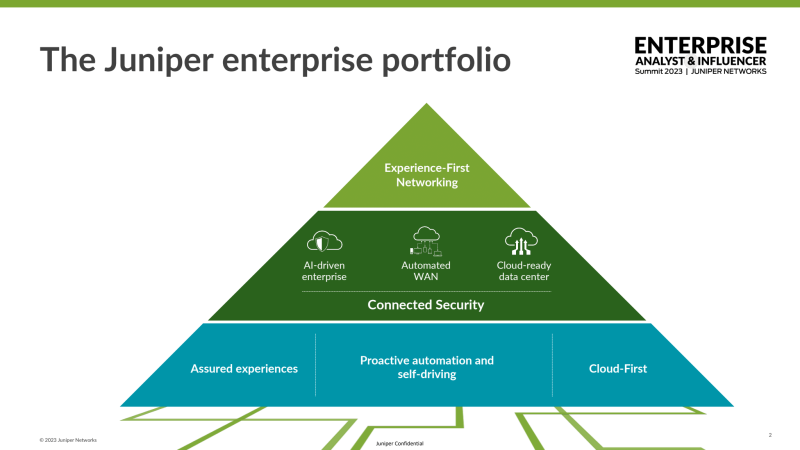
What stood out to me about the Enterprise Strategy and Acceleration session was the concept of the four pillars that Juniper Networks has outlined as a strategic vision for their solutions. Those four pillars include:
- Assured user experiences
- Cloud-first and cloud ready
- This is an interesting play. Being able to manage and operate networks via a SaaS delivered platform is intriguing. It can be a big relief for operations teams to not have to manage on-prem controllers and solutions.
- Self driving automation with full programmability
- Threat-aware
- I get the impression that this pillar speaks to Juniper’s committment to integrating security mechanisms across their platforms. They spoke to how security needs to extend to all points in the connection. I think we can all agree that avoiding blind spots is important.
And then we got to Mist, which is what really stole the show for me. It was alluded to in this presentation that Mist and the AI Driven Enterprise has really been a differentiator for Juniper Networks, and I must say that I agree. The enterprise campus has been near and dear to my heart for quite some time now and Mist really seems to have been the catalyst to bring Juniper into the enterprise campus space. Being able to manage and operate networks from a cloud portal and have to worry less about maintenance tasks like software upgrades on equipment like wireless access points can be a big win for operations teams, and in turn the business as a whole as IT teams can focus more effort on helping the business innovate. I will say, I would love to see this in action so I can better understand how it works. Being a traditional network engineer, I am mildly frightened by networks updating on their own during cloud release cycles, but I will by no means dimiss the thought. There were examples given of customers leveraging this feature successfully in production.
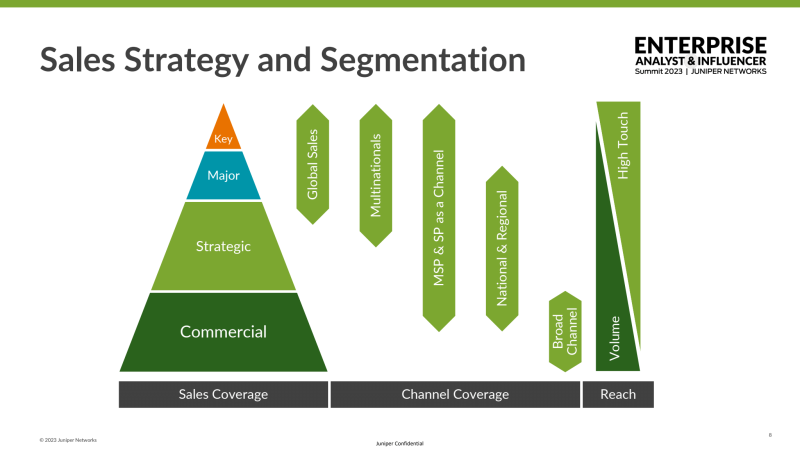
UT Dallas Campus Tour

I am really glad that this campus tour happened. Not only is UT Dallas a beautiful campus, but we had the opportunity to have a walking, in depth Q&A session with the UT Dallas Office of Information Technology (OIT) staff. Brian and Zack did an incredible job giving us the lay of the land and explaining how their solutions support the students, faculty, and staff on campus. This is where I find an incredible amount of value in vendor-led engagments like these. As technologists, we listen to the marketing and sales pitches, but we usually want to see it for ourselves. The UT Dallas OIT team was very open and honest about their experience deploying Juniper Mist wireless throughout campus and how it has helped the university, as well as the challenges they have experienced over the years. When I heard that UT Dallas is able to support wireless across the entire campus with really just one person who specializes in wireless, I was blown away. That has to speak highly to the Juniper Mist solution.
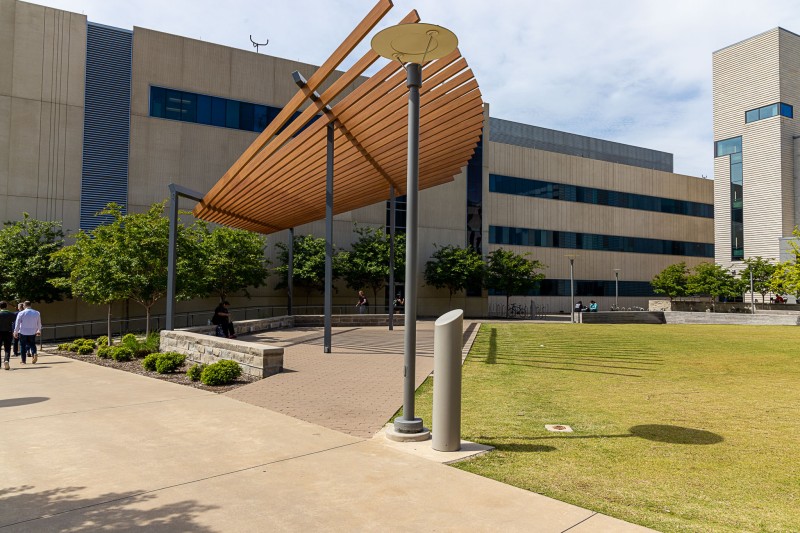
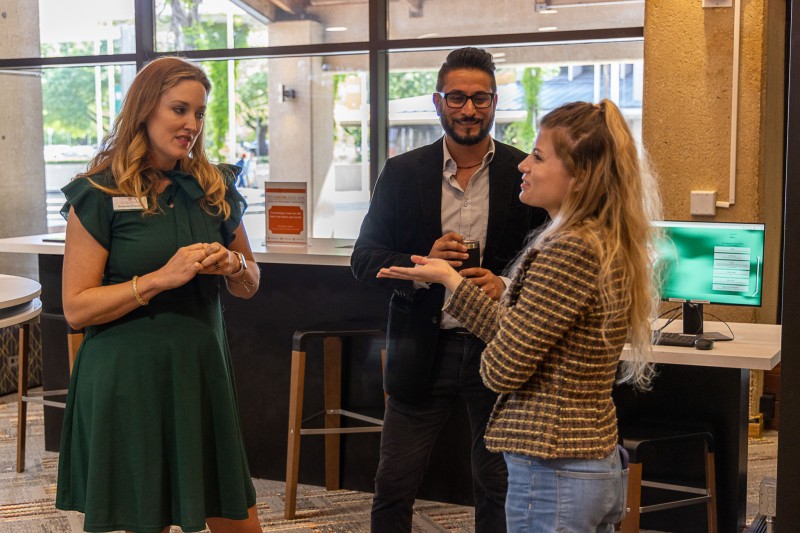
Before we ventured out on the tour we were told that there was a certain stretch of outdoor campus space that was covered with Wi-Fi. During the tour, when we got to the area in question I was intent on figuring out how they handle this feat. I looked up, over, and all around, but could not for the life of me see any access points that would provide the coverage for this outdoor area! Brian and Zack must have seen the look on my face, because they soon explained that the coverage was not coming from up above, but right there on the ground. Brian pointed at a bollard (post) on the ground. I was even more confused. Then, they explained the unique way they deliver wireless coverage by installing access points into these bollards along the path in this area. I had never seen anything quite like it, and wow, was it cool!
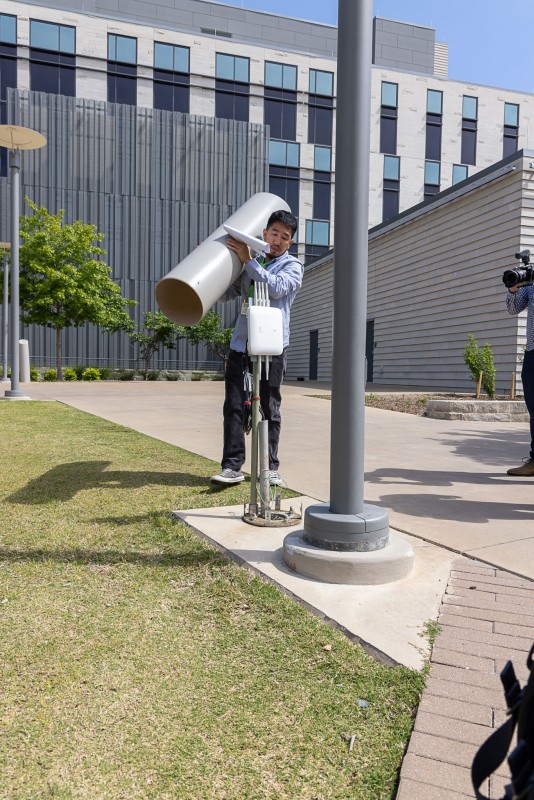

The New Juniper Marketing Experience
I have not had much experience getting to see behind the scenes of how marketing departments come up with their ideas and campaigns. It was a neat experience to get to hear about it at this summit. As far as marketing, Juniper Networks has taken the stance of wanting to combine humor with how IT teams actually feel when it comes to building, operating, and maintaining enterprise networks. They have also been investing more into a vertical-based approach and gaining visibility at industry conferences. Here is one of their commercials that better explains what I am writing about here.
Also, check out their ‘NOT-mercial’. I love when companies (especially tech companies) can show a sense of humor.
Apstra and the Cloud Ready Data Center
During the Juniper Networks Enterprise Analyst and Influencer Summit, we had the opportunity to record a podcast episode with Vinod, Senior Director of Product Management. The focus of this chat was around how Apstra can can be leveraged to automate the build and operations of data center fabrics. We discussed that some of the challenges of modern networks involve manual, reactive processes. Apstra provides an automated, multivendor approach. It allows customers to build and select templates of intent which abstract many of the configuration details away from the customer’s responsibility. Also, because the intent of the network is set, Apstra will provide warnings to the customer if a change is proposed that will ultimately go against the original intended configuration of the network. In reference to this, earlier in the day Vinod had stated that “Apstra makes it hard to make a mistake”. Abstraction and automation are not going anywhere in the networking space, and much like the other product lines, the Cloud Ready Data Center team adopts the Experience-First mindset. Juniper highlights three phases of data center networking and Apstra is leveraged in each phase:
- Design and plan
- Config and deploy
- Operate

This was definitely a whirlwind of a trip and a lot of information to consume, but very beneficial. It was refreshing to see the passion and committment that the Juniper Networks team has for their solutions. I do not think that many people have more energy for their work than Sudheer Matta. The AONE team had a great time learning more about Juniper Networks solutions and getting to meet and network with industry analysts and influencers. Thanks to Juniper for the invite and hospitality. Finally, hey! We got to hang out with a couple of the Packet Pushers! There were definitely some great conversations.
